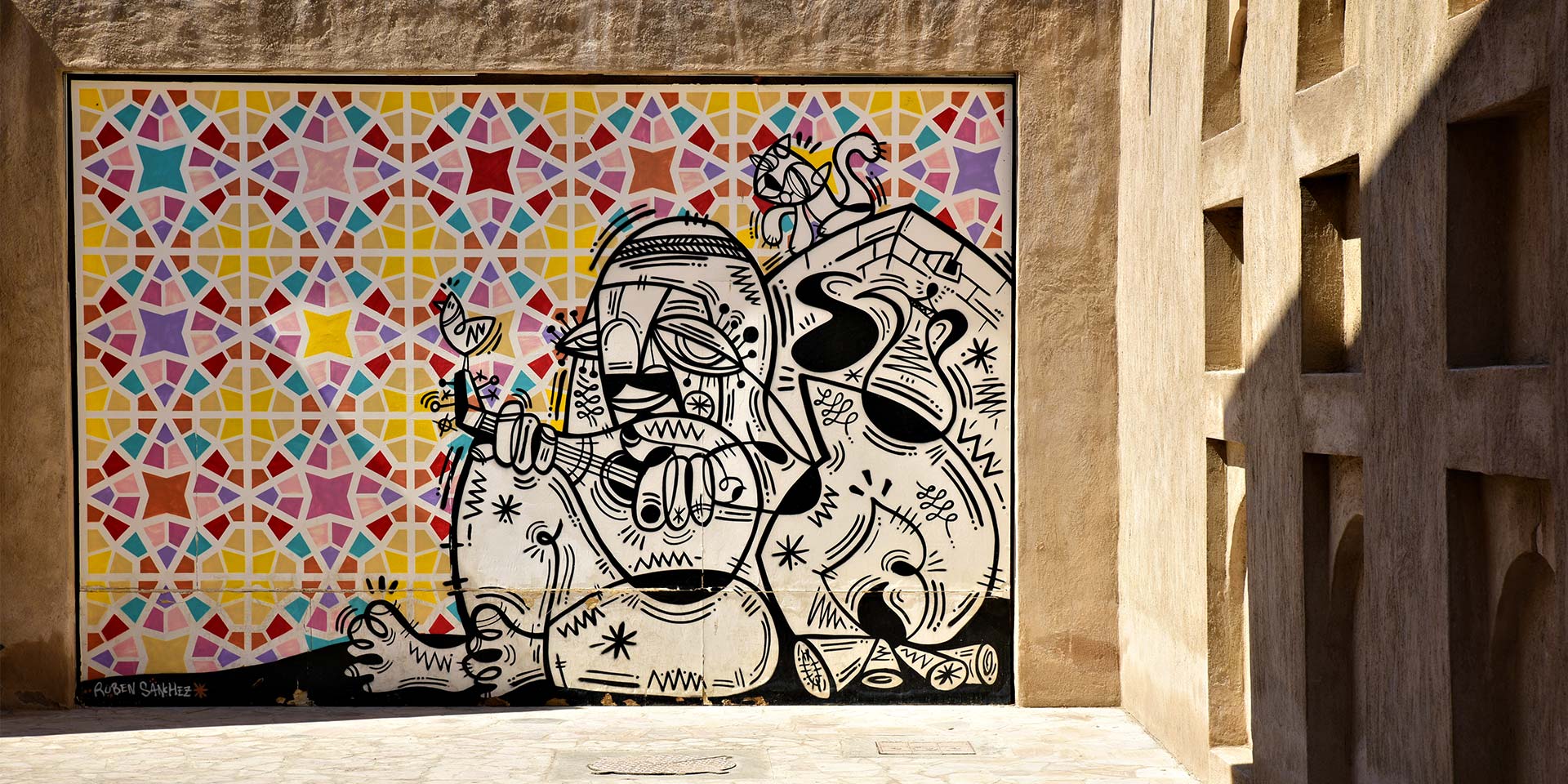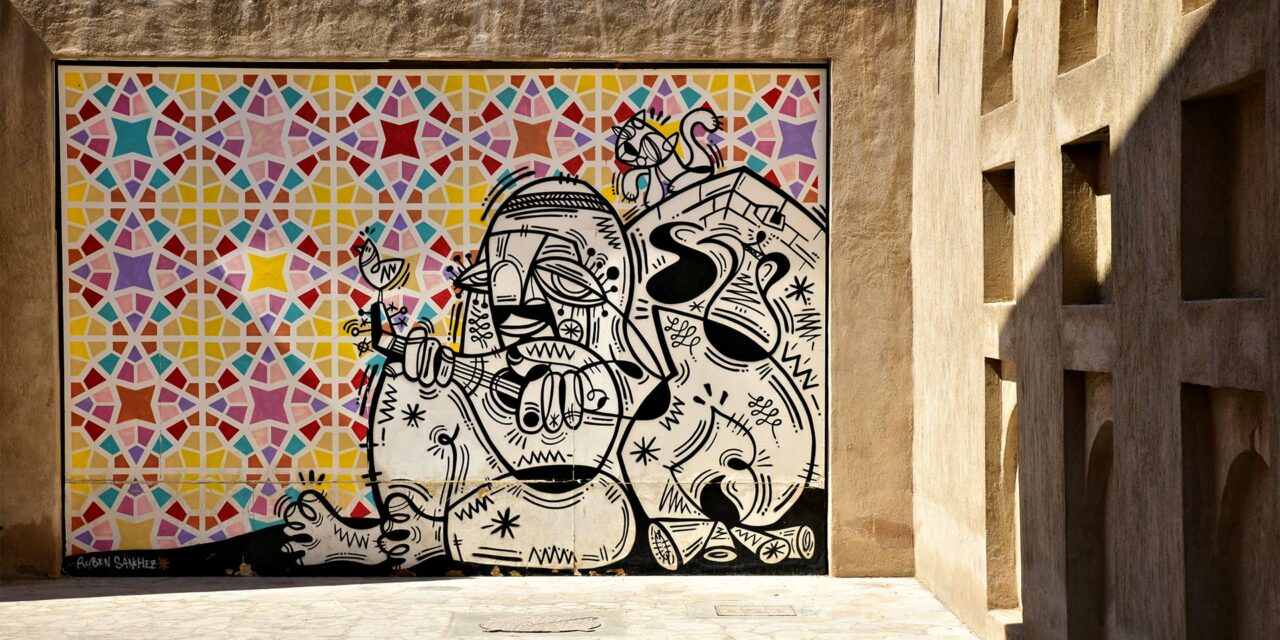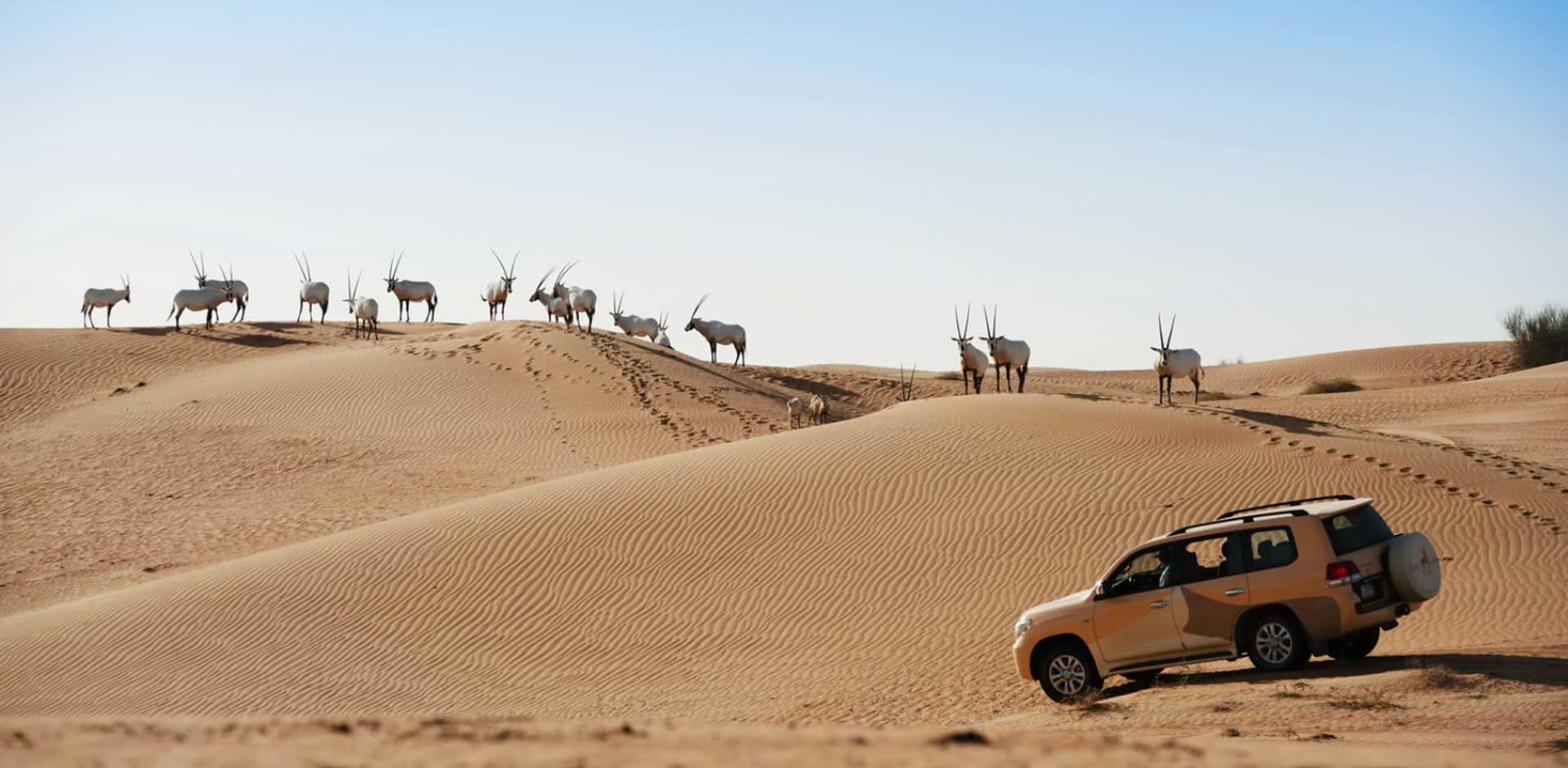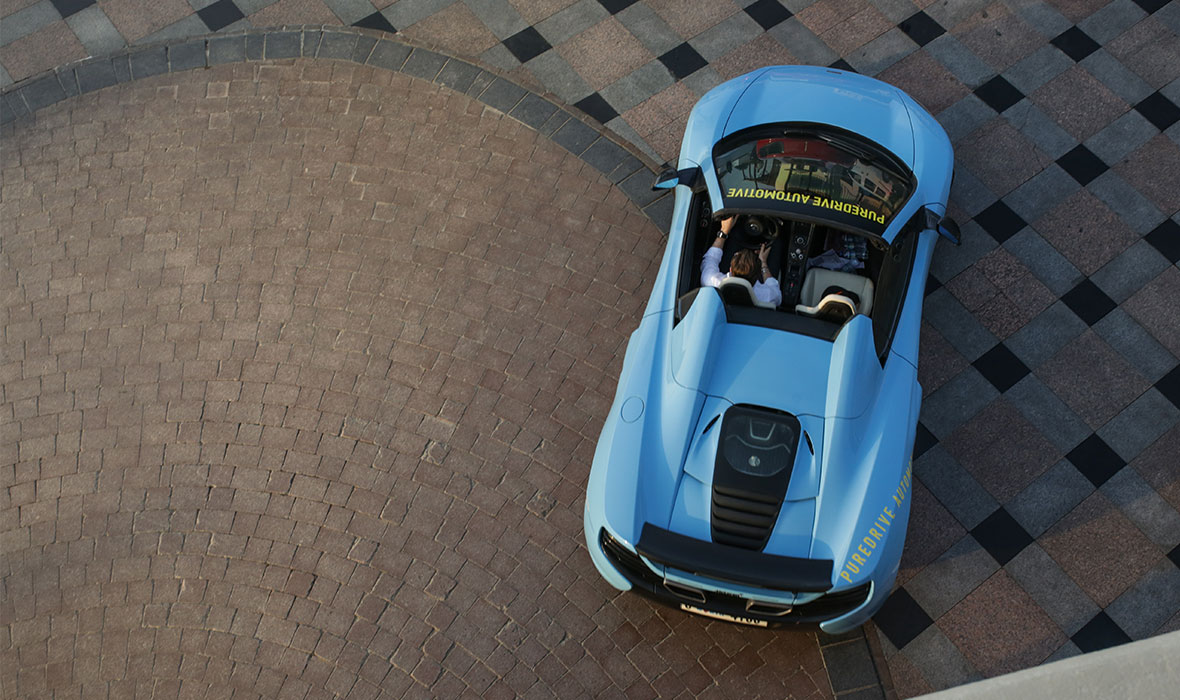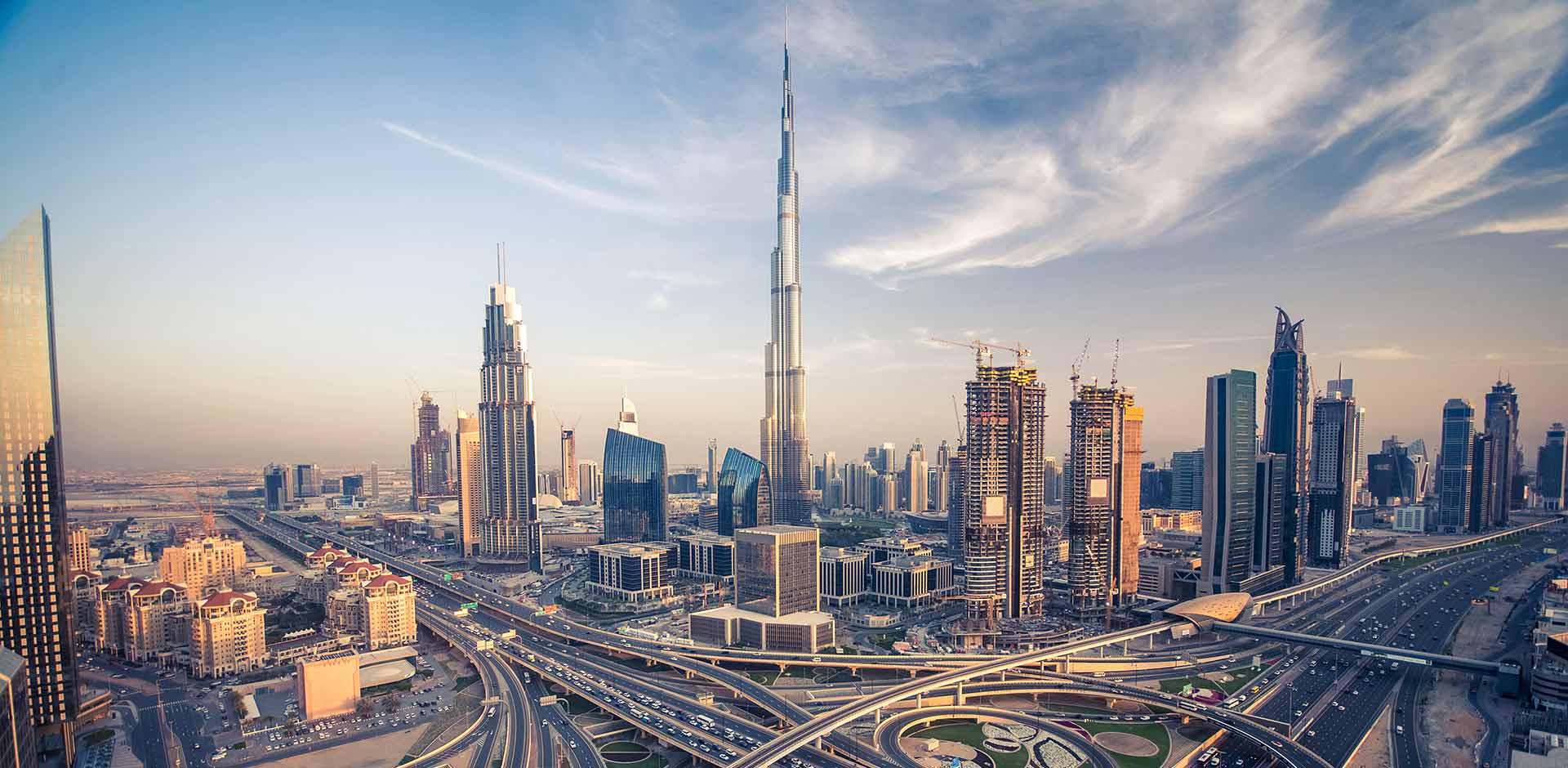Never in my life have I felt the need to thank Prince Charles. Yet as I wander the maze-like alleys of Al Fahidi, Dubai’s most intriguing historic quarter, I have a sense of gratitude to the heir to the British throne. You see, none of what I’m admiring might be here if not for the intervention of the Prince of Wales. Originally called Al Bastakiya and dating back to the mid-1800s, this old neighborhood was slated for demolition in the late 1980s. At this time the UAE was amid a period of change as it sought to transform Dubai from a small, old-fashioned city into a cutting-edge financial center.
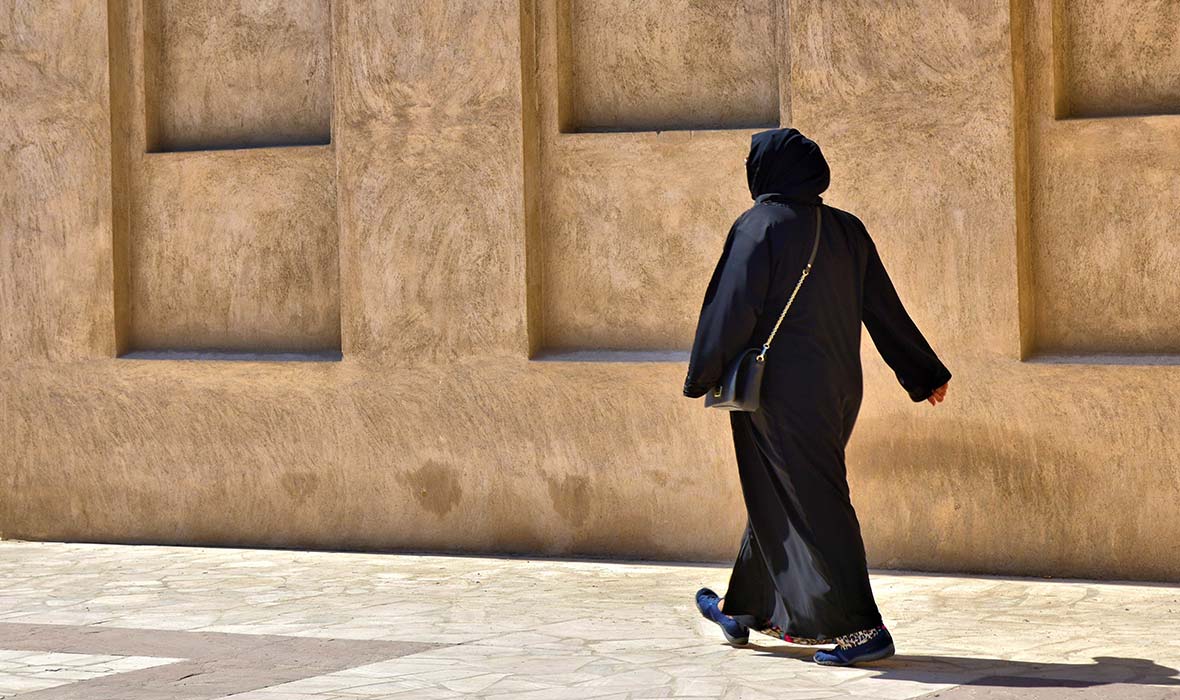
Despite its rich history, Al Bastakiya was seen as expendable by Dubai authorities. To make way for a modern development almost half of the neighborhood was demolished. Residents upset about this loss of cultural heritage, and worried the remainder of the area would soon disappear also, launched a campaign for Al Bastikaya to be preserved. When Charles visited Dubai in 1989 he was given a tour of the neighborhood and was reportedly charmed by its authenticity. After returning to England he wrote a letter to Dubai authorities encouraging them to restore the remainder of the area to its former splendor, turning it into a cultural heritage zone.
That is just what it is today. In the mid-2000s the area underwent a meticulous restoration project, was rebadged as the Al Fahidi Historical Neighborhood and turned into an attractive tourism site. It is an appealing spot in a city which, while exciting, tends to lack a sense of history and traditional culture. In downtown Dubai you would not know you were in the UAE if not for the appearances of the people around you and the Arabic language signage. Otherwise the cityscape looks very similar to modern metropolises in the US, Canada, Singapore or Australia.
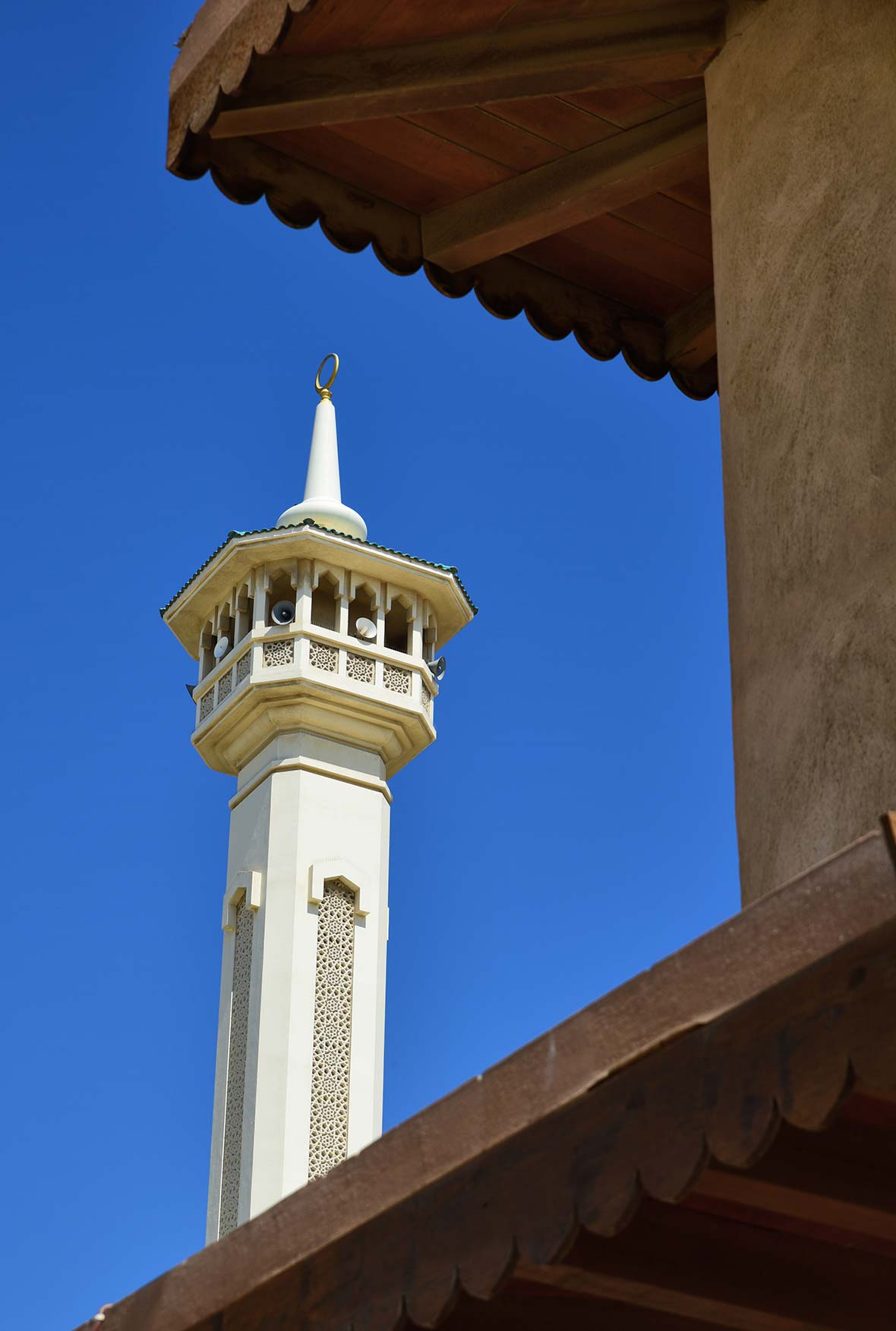
ABOVE: Al Fahidi architecture.
But inside the earthen-colored walls of Al Fahidi never are you in doubt that you’re in the Middle East. Its winding alleys are lined by traditional Emirati architecture constructed from stone, teak, sandalwood and gypsum. Looming above are several elegant barjeels (rooftop wind towers). With its narrow alleys and flat roofs, this area was designed to withstand the extreme heat and sand storms that plague Dubai. An antiquated form of climate control, barjeels helped to cool buildings in the UAE by funneling wind down into the structure atop which they are built.
In the days when these barjeels were the primary means of providing heat relief, this neighborhood was a center for pearl trading, one of the traditional industries of this nation before oil was found in the UAE in the 1960s. Back then Al Bastikiya was a quaint village on the banks of Dubai Creek, the city’s main waterway which acted as a trading channel. No longer is it a residential neighborhood. Now its close to 50 buildings house museums, art galleries, cultural centers and cafes.
None of these structures is more significant than the Dubai Museum, which is based inside the Al Fahidi Fort. Wonderfully well restored, this fort is considered to be the oldest building in Dubai, built in 1787. At that time it was the home of the Emirati monarch and was a key military outpost protecting Dubai. Eventually the monarch left it behind and the fort became a weapons storage facility and a jail.
Its new lease on life started in 1971 when it was converted into a museum which offers a detailed insight into the story of Dubai. Its vast collection of ancient documents, antiques and art pieces work in concert with video and audio displays to give a sense of what life was like in the UAE in bygone eras. The museum teaches visitors about the traditional industries of the UAE, like pearl and textile trading, and explains how Dubai evolved into one of the world’s most modern cities.
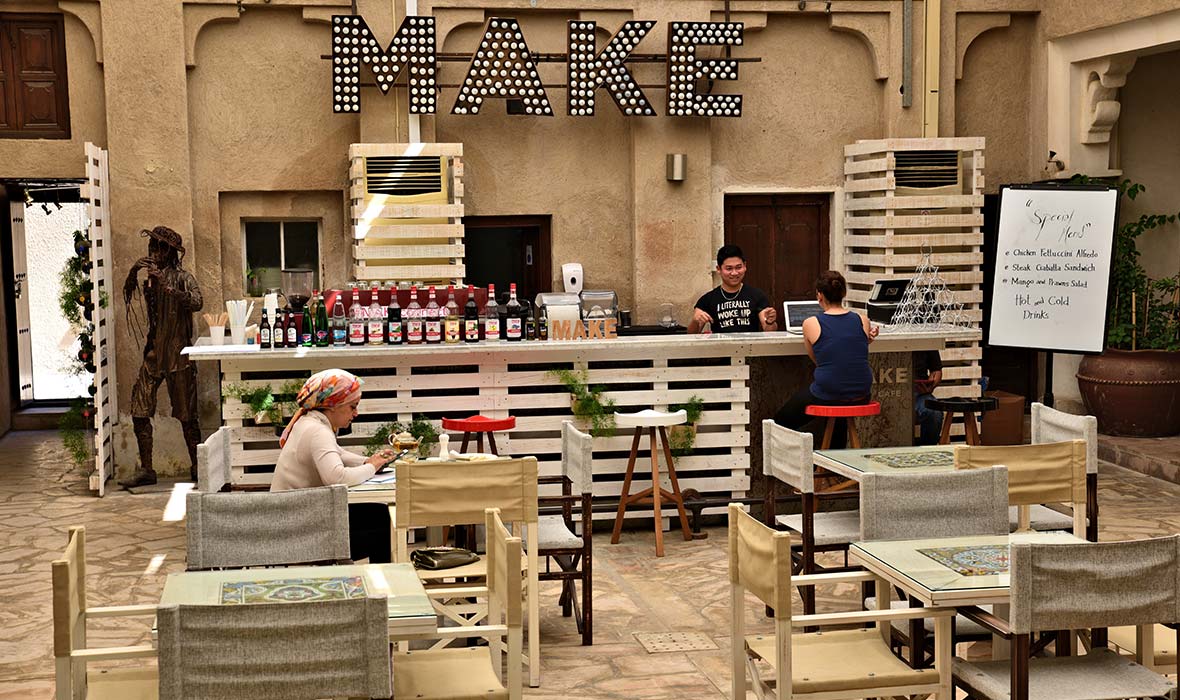
ABOVE: Al Fahidi cafe.
A similarly educational but more interactive experience is available at the Sheikh Mohammed Center for Cultural Understanding. Located in the heart of Al Fahidi, inside a renovated wind tower mansion, this center offers a unique Emirati experience. Like being a dinner guest in the home of a local, visitors sit on traditional Bedouin carpets while sampling Emirati food and talking to guides about the history and culture of Dubai.
My timing was poor in this regard, as I had not booked ahead and no guides were available. It mattered not as I had an enchanting time simply roaming the alleys of Al Fahidi and ducking in and out of its galleries. Better timing could also have allowed me to enjoy one of the many events held each year in Al Fahidi, including Heritage Week, the Sikka Art Fair and the Artists-in-Residence program. I decided to end my day in Al Fahidi in a very Emirati fashion – with a cup of tea.
A beautiful traditional-style Emirati building, with its rough, sandy-coloured walls and enormous teak doors, the Arabian Tea House has a lovely old-world feel. That latter description sums up the charm of Al Fahidi, which is a throwback to how Dubai once was.

